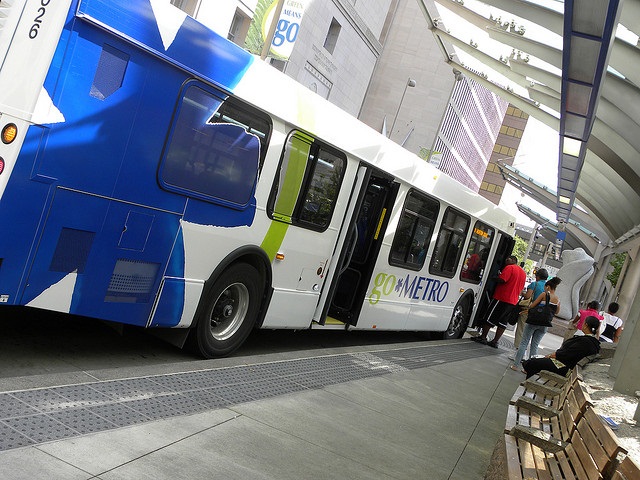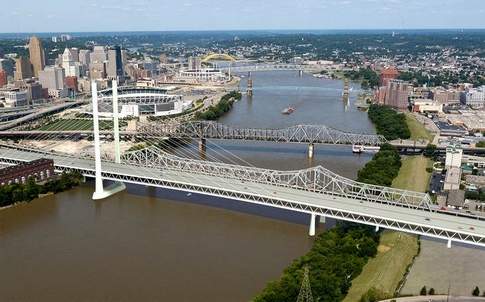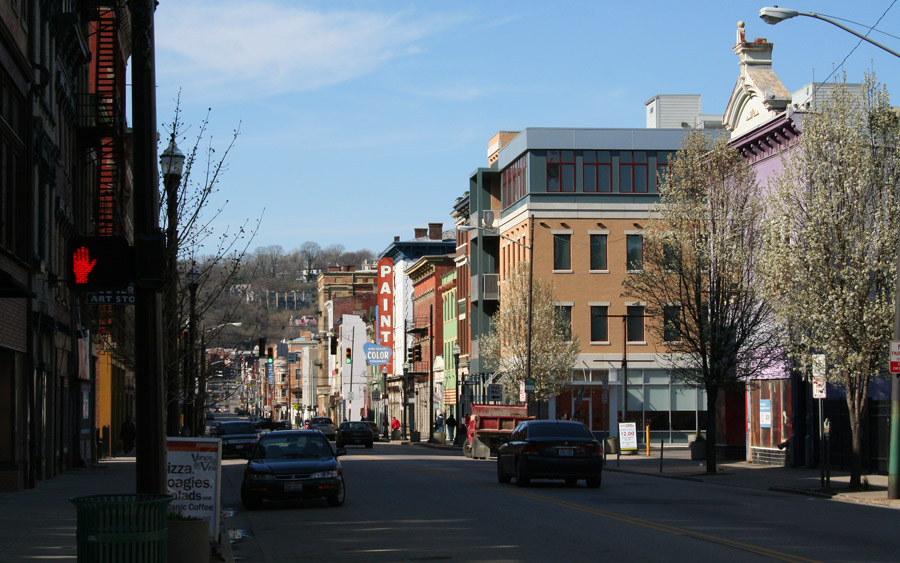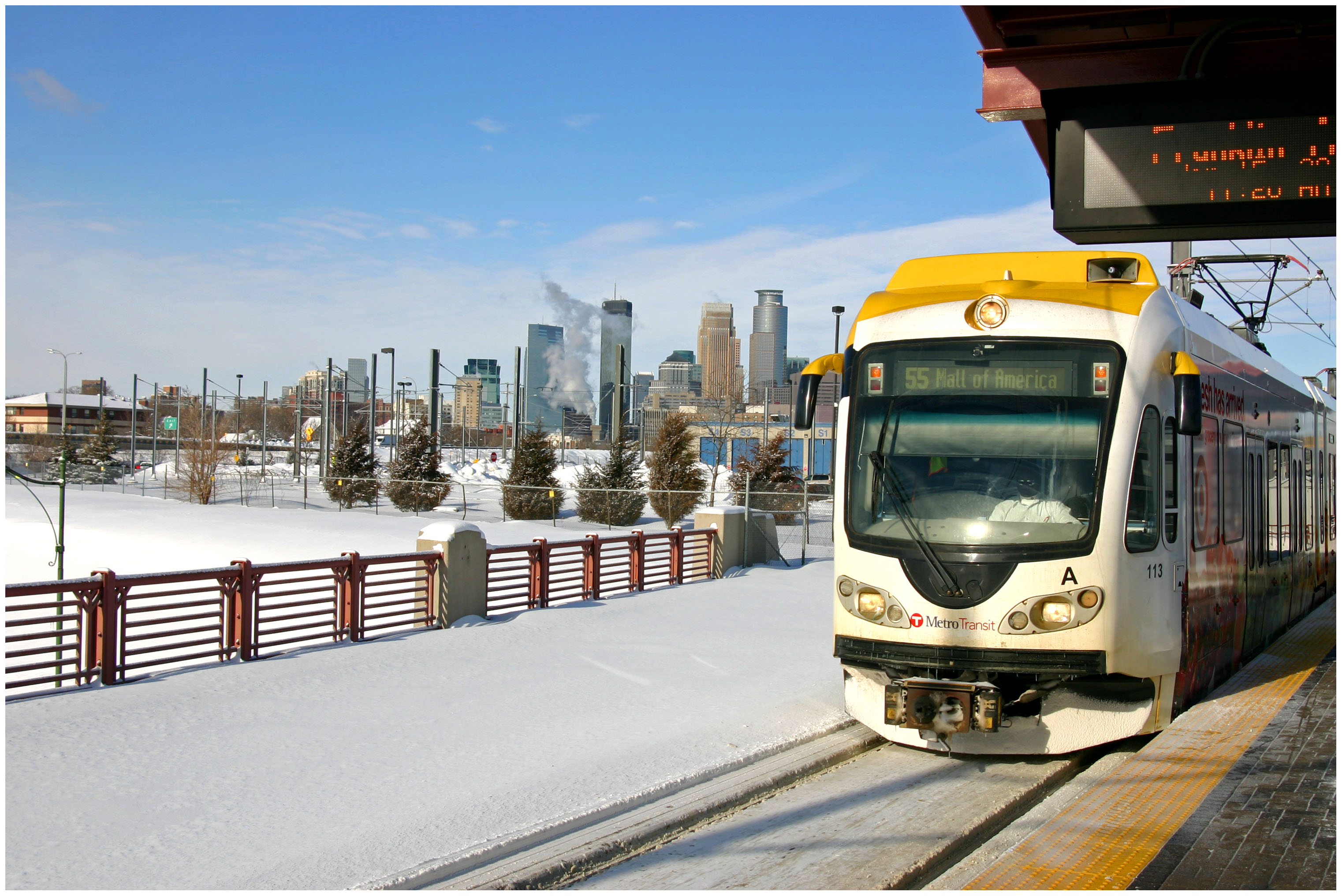 When official planning for a new Brent Spence Bridgebegan in 2002, we were told that the existing bridge would be demolished and replaced by a new landmark structure. Total project cost was projected at $750 million to $1 billion and construction was expected to begin in 2008.
When official planning for a new Brent Spence Bridgebegan in 2002, we were told that the existing bridge would be demolished and replaced by a new landmark structure. Total project cost was projected at $750 million to $1 billion and construction was expected to begin in 2008.
Fast-forward to 2011, and the existing bridge – which we were told ten years ago was in imminent danger of collapse – is now planned to be rehabilitated and presumably will remain in place for at least another generation. Meanwhile, the cost of the design and construction of a new parallel bridge and its approaches has soared to $3 billion.
This tripling of the bridge project’s cost in an era of gloomy peak oil predictions has been met with zero scrutiny by the local media. Instead, calls to improve the region’s public transportation, especially the City of Cincinnati’s streetcar project, have been relentlessly harassed.
What incentives could be introduced that would avoid the necessity of a new bridge? The argument for the bridge project rests on the assumption that daily vehicular crossings will increase from approximately 160,000 to 240,000 vehicles by 2030. Most of these 80,000 new vehicles will be single-occupancy vehicles.
Instead of spending $3 billion to build a new ten-lane bridge next to our existing eight-lane bridge, what if we instead paid commuters tens of millions annually to car pool?
Recent history has told us that carpooling will never be popular under current economic conditions. If people are annoyed by strangers on the bus or train, they are annoyed much more by their carpool companions. Disputes over smoking, radio stations, and stops for coffee have killed off countless carpooling arrangements. The cost savings afforded by carpooling have not to date offset those interpersonal problems, nor have the added incentives of HOV lanes or toll waivers in those areas where they exist.
So at what price would people in the Cincinnati area start tolerating the annoyances that come with carpooling? Honestly, I do not know, so why don’t we allow the market decide?
If we assume that the new Brent Spence Bridge will stand for 100 years – perhaps from 2020 to 2120 — that its initial capital cost will be $3 billion, and maintenance of the new bridge over those 100 years will be another $3 billion, then we can hypothetically budget $60 million per year toward carpooling for 100 years.
How would that $60 million be divided?
I propose that this sum be divided equally by the total number of carpoolers. So if just one vehicle were to carpool over the Brent Spence Bridge for the entire year, those two commuters would split between themselves the entire $60 million. But if the 200,000+ single-occupancy vehicles predicted by OKI by 2035 were replaced by 100,000 high-occupancy vehicles, then each car would receive $600 annually, or approximately $2.50 per vehicle, per work day.
The real number would be anywhere between 1 and 100,000, meaning the opportunity to earn more than $10 per vehicle per day seems likely. The carpooling payouts could be made much greater if tolls were implemented only to single-occupancy vehicles and that collection directed entirely toward high-occupancy vehicles.
How could such a plan be implemented?
The recent popularization of smart phones make implementation of such a plan much more feasible. Coordinated with something resembling an EZ-Pass transmitter, carpoolers could tap their phones to the transmitter when they begin their commutes and a credit would be transmitted instantly to their phone as they cross the bridge. The value of this credit would be determined at midnight by the total number of carpoolers who utilized the service each day. In addition to automobiles, the incentive program could be extended to those who own vans, and could motivate the establishment of unofficial bus services for those who commute between Northern Kentucky and Butler or Warren Counties.
Why will the Kentucky Transportation Cabinet and ODOT never pay people to carpool?
State and local governments will never pay their citizens to carpool in the way I have proposed because the highway lobby will never allow them to. It should be obvious to anyone who has followed the development of the Brent Spence Bridge replacement project that the proposal, as it exists currently, is well out of proportion for what is necessary. This project is not so much an effort to reduce traffic congestion and encourage economic development as it is a payout to those who are being paid to design and build it.
Some predict gasoline to approach $10 per gallon by 2020, and such a price in 2011 dollars seems to be a certainty by 2035. High gasoline prices might by themselves be enough to motivate people to carpool in large numbers independent of what I have proposed here. But if that is proven to be true, then by 2035 relatively few vehicles will cross our pair of Brent Spence Bridges, and the whole project will be proven to be – get ready for it – an expensive boondoggle.
Brent Spence redesign rendering provided by the office of Roxanne Qualls.

















